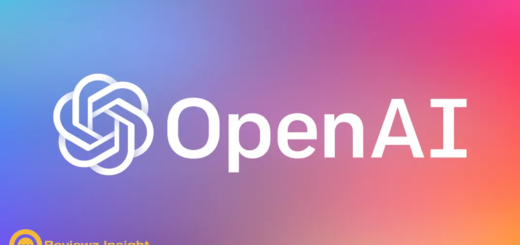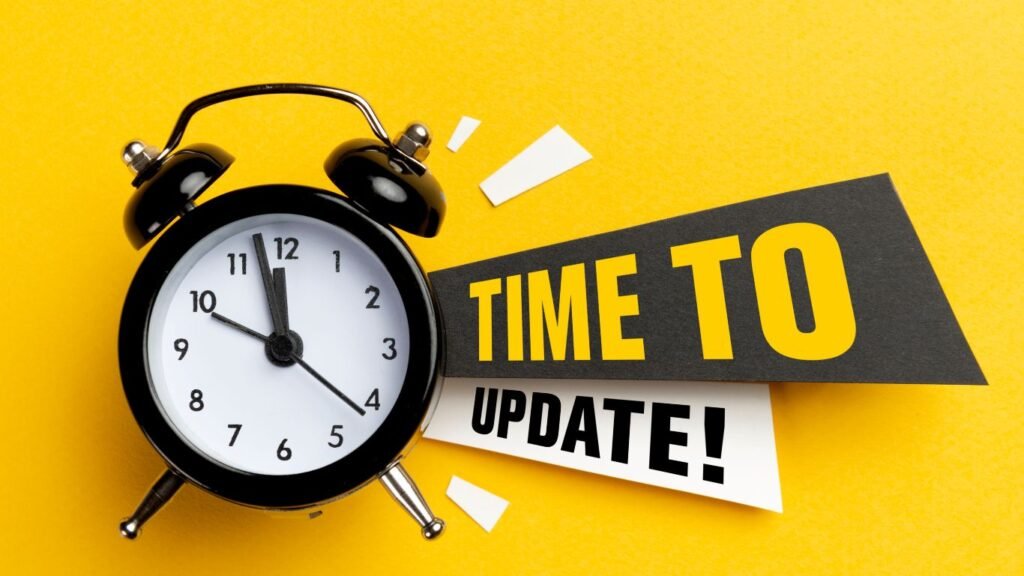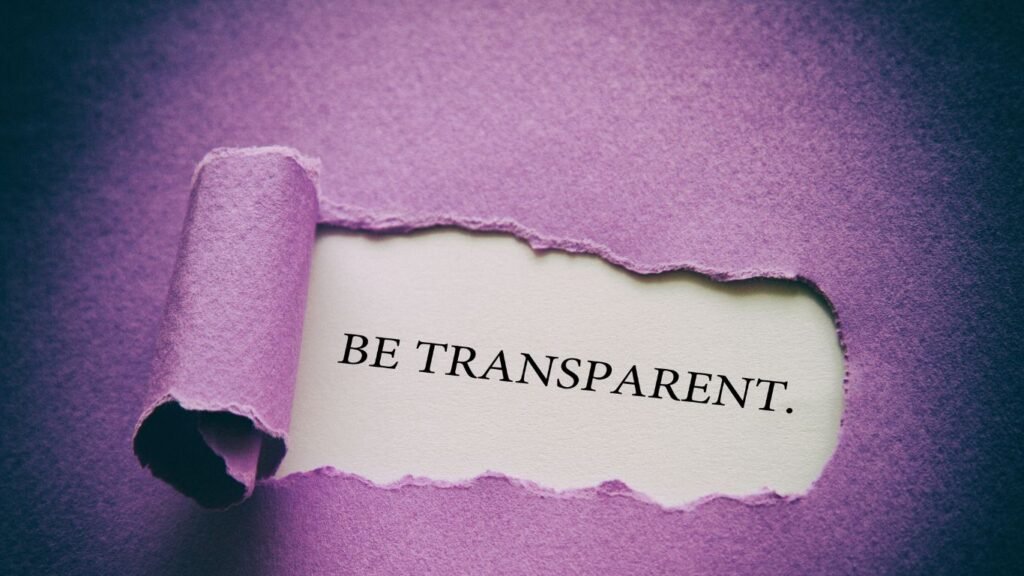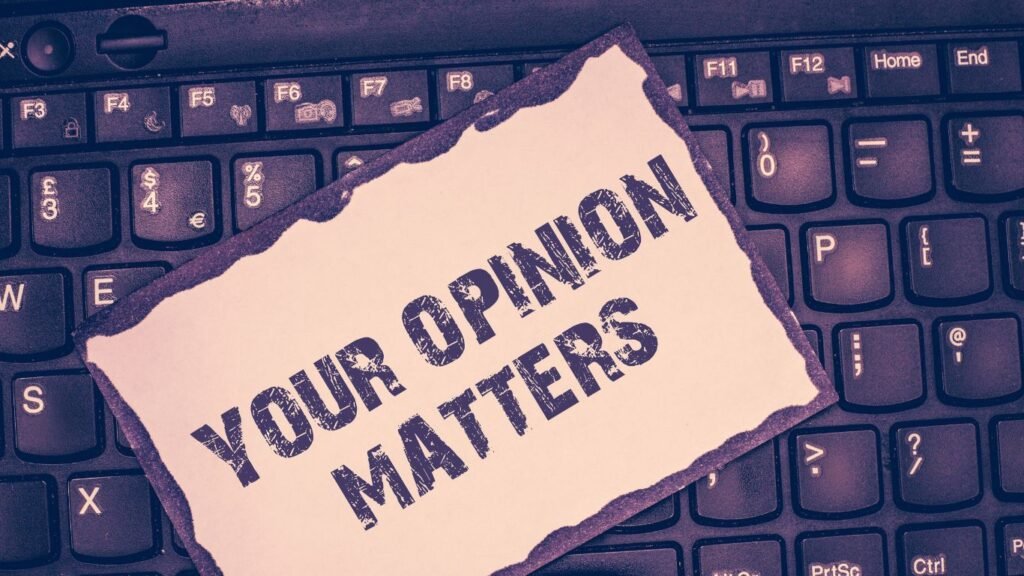Personal Finance Apps: Which One is Best for Budgeting?

In the digital age, managing personal finances has become more accessible and streamlined, thanks to the plethora of personal finance apps available. These apps offer various features to help users budget, track expenses, and save money. With so many options on the market, choosing the best one for budgeting can be challenging. This article delves into some of the top personal finance apps, highlighting their features, strengths, and weaknesses to help you determine which one is best for your budgeting needs.
- Mint
Overview:
Mint is one of the most popular personal finance apps, known for its comprehensive features and user-friendly interface. Developed by Intuit, Mint offers tools for budgeting, expense tracking, and financial goal setting.
Key Features:
Budgeting: Mint allows you to create personalized budgets, track spending, and receive alerts when you exceed your budget.
Expense Tracking: Automatically categorizes transactions and provides insights into spending habits.
Bill Tracking: Alerts you to upcoming bills and helps you avoid late fees.
Credit Score Monitoring: Free access to your credit score and tips for improvement.
Investment Tracking: Monitors investment accounts and provides an overview of your financial health.
Strengths:
User-friendly and intuitive interface.
Comprehensive overview of your financial situation.
Free to use with no subscription fees.
Integration with a wide range of financial institutions.
Weaknesses:
Ads can be intrusive for some users.
Occasional syncing issues with certain banks.
Best For:
Users looking for an all-in-one financial management tool that offers extensive features without a subscription fee.
- You Need a Budget (YNAB)
Overview:
YNAB is a popular budgeting app designed to help users gain control of their finances through a proactive approach to budgeting. YNAB operates on the principle that every dollar should have a job.
Key Features:
Goal Setting: Helps users set and achieve financial goals, such as saving for a vacation or paying off debt.
Real-Time Updates: Syncs transactions in real-time for up-to-date budgeting.
Debt Payoff Tools: Provides tools and strategies for paying off debt.
Detailed Reporting: Offers detailed financial reports to track progress and identify areas for improvement.
Education Resources: Extensive educational resources, including workshops and guides, to help users manage their finances effectively.
Strengths:
Proactive budgeting philosophy that encourages mindful spending.
Strong focus on financial education and user support.
Real-time syncing with bank accounts.
Detailed reporting and goal-setting features.
Weaknesses:
Subscription fee ($11.99 per month or $84 per year).
Learning curve for new users unfamiliar with YNAB’s budgeting method.
Best For:
Individuals serious about taking control of their finances and willing to invest time in learning and implementing a structured budgeting system.
- PocketGuard
Overview:
PocketGuard is designed to simplify budgeting by showing users how much disposable income they have after accounting for bills, goals, and necessities.
Key Features:
In My Pocket: Displays the amount of money available for discretionary spending after accounting for bills and savings goals.
Spending Limits: Sets spending limits for different categories to prevent overspending.
Bill Tracking: Monitors bills and recurring expenses to ensure timely payments.
Savings Goals: Helps users set and track savings goals.
Debt Payoff Tools: Offers tools to create debt repayment plans.
Strengths:
Simple and intuitive interface.
Focus on helping users manage disposable income.
Free version available with essential features.
Integration with various financial institutions.
Weaknesses:
Limited features compared to more comprehensive apps.
Premium version ($4.99 per month or $34.99 per year) needed for advanced features.
Best For:
Users seeking a straightforward budgeting app to manage their discretionary spending and avoid overspending.
- Personal Capital
Overview:
Personal Capital combines budgeting and wealth management tools, offering a comprehensive overview of your financial health. It is particularly well-suited for those with investments and retirement accounts.
Key Features:
Budgeting: Tracks spending and helps create budgets based on financial goals.
Investment Tracking: Monitors investment accounts and provides performance analysis.
Retirement Planning: Offers retirement planning tools and calculators.
Net Worth Tracking: Tracks your net worth over time.
Cash Flow Management: Provides insights into cash flow to help manage expenses.
Strengths:
Excellent investment tracking and wealth management tools.
Comprehensive financial overview, including net worth and cash flow.
Free to use with no subscription fees.
Integration with a wide range of financial institutions.
Weaknesses:
Focus on investment and wealth management may not appeal to all users.
Ads and promotional content for Personal Capital’s advisory services can be intrusive.
Best For:
Users with investments and retirement accounts looking for an app that combines budgeting with wealth management tools.
- Goodbudget
Overview:
Goodbudget is an envelope budgeting app based on the envelope system, where users allocate portions of their income to different spending categories.
Key Features:
Envelope Budgeting: Allows users to create virtual envelopes for various spending categories.
Expense Tracking: Tracks spending and helps users stay within their budget.
Debt Tracking: Provides tools for tracking and paying off debt.
Goal Setting: Helps users set and achieve financial goals.
Account Syncing: Syncs with bank accounts for automatic transaction updates.
Strengths:
Easy-to-use envelope budgeting system.
Focus on proactive budgeting and saving.
Free version available with essential features.
Family sharing option for joint budgeting.
Weaknesses:
Premium version ($7 per month or $60 per year) needed for advanced features.
Limited integration with financial institutions compared to other apps.
Best For:
Users who prefer the envelope budgeting method and want a simple, intuitive app to manage their finances.
- Mvelopes
Overview:
Mvelopes is another app based on the envelope budgeting system, offering digital envelopes to manage spending and save money.
Key Features:
Envelope Budgeting: Allows users to allocate income to various spending categories using digital envelopes.
Expense Tracking: Tracks spending and helps users stay within their budget.
Debt Reduction Tools: Provides tools for creating and following debt repayment plans.
Goal Setting: Helps users set and achieve financial goals.
Account Syncing: Syncs with bank accounts for real-time transaction updates.
Strengths:
Proactive budgeting system encourages mindful spending.
Comprehensive tools for debt reduction and goal setting.
Real-time syncing with bank accounts.
Family sharing option for joint budgeting.
Weaknesses:
Subscription fee ($6 per month for basic, $19 per month for premium).
Learning curve for new users unfamiliar with envelope budgeting.
Best For:
Individuals committed to the envelope budgeting system and willing to invest in a subscription for advanced features.
- Simplifi by Quicken
Overview:
Simplifi by Quicken is a modern personal finance app designed to help users manage their money effortlessly. It offers a range of features to track spending, create budgets, and monitor financial goals.
Key Features:
Budgeting: Allows users to create personalized budgets and track spending.
Expense Tracking: Automatically categorizes transactions and provides spending insights.
Savings Goals: Helps users set and achieve savings goals.
Bill Tracking: Monitors upcoming bills and alerts users to due dates.
Investment Tracking: Tracks investment accounts and provides performance insights.
Strengths:
User-friendly and modern interface.
Comprehensive budgeting and expense tracking tools.
Integration with a wide range of financial institutions.
Subscription fee ($3.99 per month or $39.99 per year) offers good value for features.
Weaknesses:
Subscription fee may be a drawback for some users.
Some features require a learning curve for new users.
Best For:
Users looking for a modern, user-friendly app with comprehensive budgeting and expense tracking tools.
- Clarity Money
Overview:
Clarity Money is a budgeting and financial management app that helps users track expenses, create budgets, and find savings opportunities. It was acquired by Goldman Sachs and integrated with their Marcus by Goldman Sachs suite of financial tools.
Key Features:
Expense Tracking: Automatically categorizes transactions to provide insights into spending habits.
Budgeting: Allows users to set up and manage personalized budgets.
Savings Goals: Helps users set and track savings goals.
Subscription Management: Identifies recurring subscriptions and helps users cancel unwanted ones.
Bill Tracking: Monitors upcoming bills and sends reminders.
Strengths:
Intuitive and user-friendly interface.
Integration with Marcus by Goldman Sachs for additional financial tools.
Subscription management feature helps users cut unnecessary costs.
Free to use with no subscription fees.
Weaknesses:
Limited investment tracking capabilities.
May be less suitable for users looking for advanced financial planning tools.
Best For:
Users who want a simple, intuitive app for budgeting and managing expenses, with added features to help find savings opportunities.
- Albert
Overview:
Albert is a financial management app that combines budgeting, savings, and investing tools with personalized financial advice. It offers features to help users manage their money more effectively and achieve their financial goals.
Key Features:
Budgeting: Tracks spending and helps users create and manage budgets.
Savings Goals: Automatically saves small amounts based on users’ spending patterns.
Investment Tools: Offers simple investment options to grow savings.
Financial Advice: Provides personalized financial advice through Albert Genius, a subscription service.
Expense Tracking: Categorizes transactions and provides insights into spending habits.
Strengths:
Comprehensive financial management tools.
Personalized financial advice with Albert Genius.
Automated savings feature helps users build savings effortlessly.
User-friendly interface.
Weaknesses:
Subscription fee for Albert Genius ($4 per month and up).
Limited investment options compared to dedicated investment apps.
Best For:
Users looking for an all-in-one financial management app with personalized financial advice and automated savings features.
- Wally
Overview:
Wally is a personal finance app that focuses on budgeting and expense tracking. It offers a range of features to help users manage their money and stay on top of their finances.
Key Features:
Budgeting: Allows users to create and manage personalized budgets.
Expense Tracking: Tracks expenses and categorizes transactions.
Multi-Currency Support: Supports multiple currencies for international users.
Bill Tracking: Monitors upcoming bills and sends reminders.
Group Budgeting: Enables users to create shared budgets for group expenses.
Strengths:
Simple and intuitive interface.
Multi-currency support for international users.
Group budgeting feature for shared expenses.
Free to use with no subscription fees.
Weaknesses:
Limited advanced features compared to other apps.
No investment tracking capabilities.
Best For:
Users looking for a simple, no-frills budgeting and expense tracking app with multi-currency support.
Choosing the right personal finance app for budgeting depends on your specific needs and preferences. Here’s a quick recap of the top apps and their key strengths:
Mint: Best for comprehensive financial management with extensive features and a user-friendly interface.
You Need a Budget (YNAB): Ideal for those serious about proactive budgeting and willing to invest time and money into a structured system.
PocketGuard: Great for users seeking a straightforward budgeting app to manage discretionary spending.
Personal Capital: Perfect for users with investments and retirement accounts who want a combination of budgeting and wealth management tools.
Goodbudget: Suited for fans of the envelope budgeting method who prefer a simple, intuitive app.
Mvelopes: Best for those committed to envelope budgeting and willing to pay for advanced features.
Simplifi by Quicken: Offers a modern, user-friendly interface with comprehensive budgeting and expense tracking tools.
Clarity Money: Excellent for users who want a simple app for budgeting and managing expenses, with added features to find savings opportunities.
Albert: Ideal for users looking for an all-in-one financial management app with personalized financial advice and automated savings.
Wally: Great for users seeking a simple, no-frills budgeting and expense tracking app with multi-currency support.
When choosing a budgeting app, consider factors such as ease of use, features, cost, and integration with your financial accounts. The best app for you will depend on your individual financial goals and preferences. By selecting the right app, you can gain better control over your finances, track your spending, and work towards achieving your financial goals with greater ease and confidence













